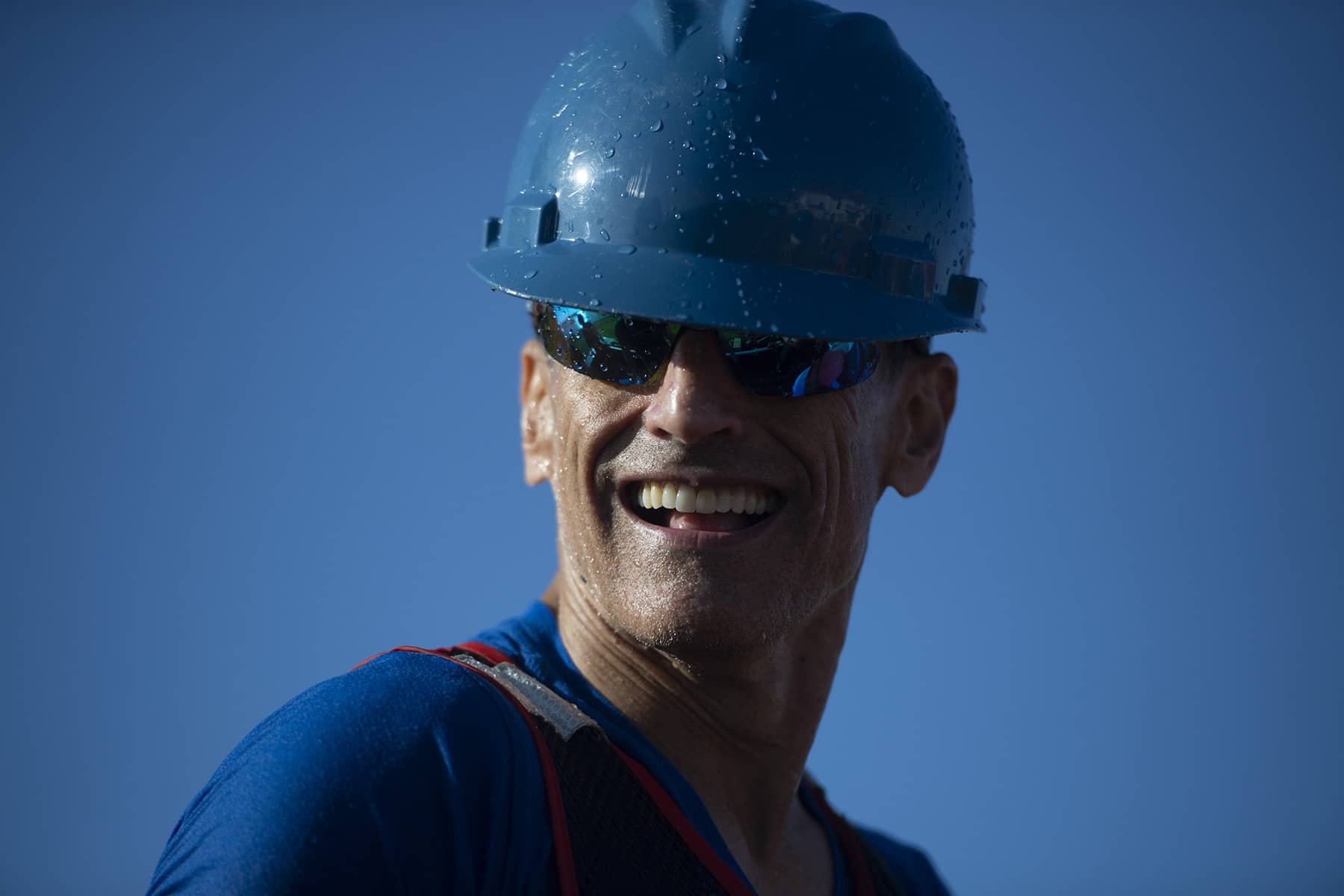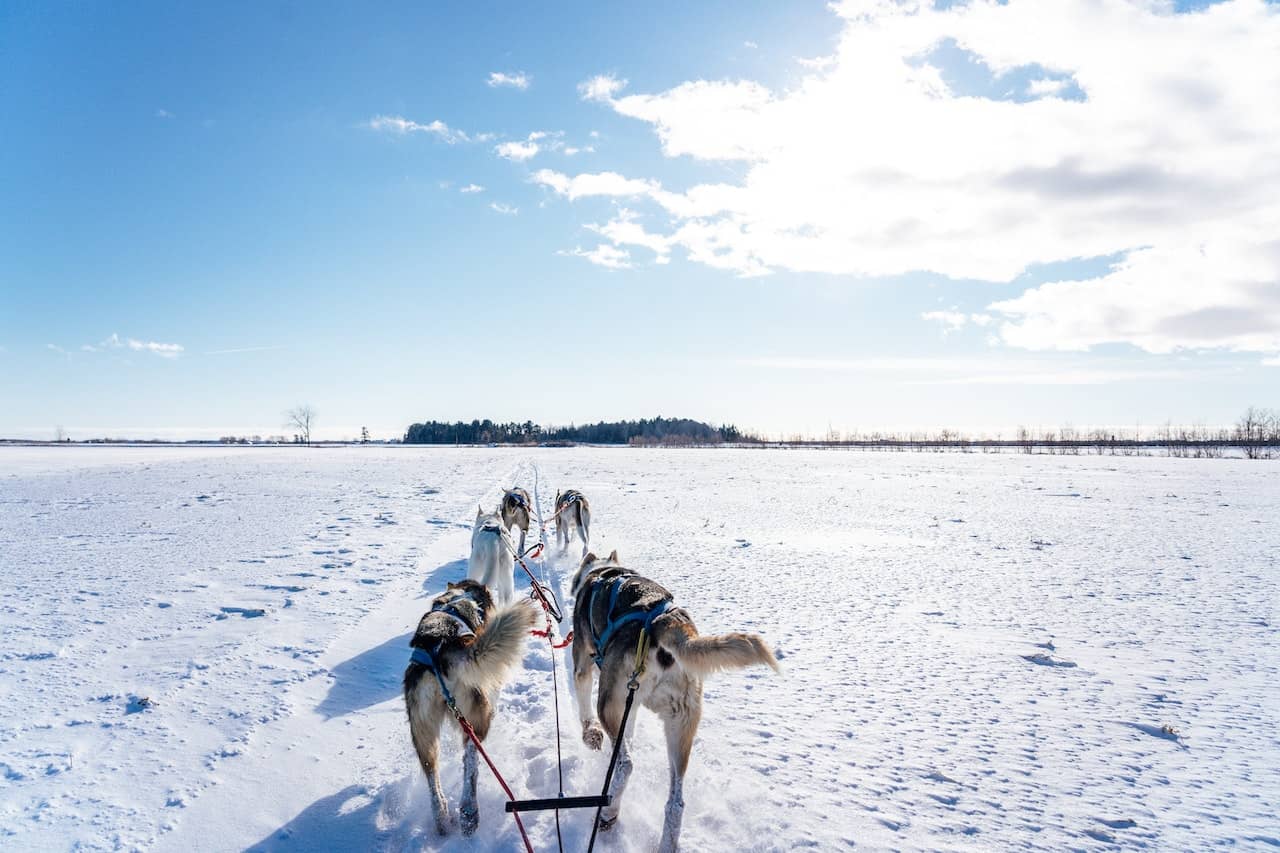A diverse group of civilian leaders from across the nation had a rare opportunity to embed with the Army, Navy, Marines, Air Force, Space Force, and Coast Guard on a week-long tour to various military bases in the United States during the 93rd Joint Civilian Orientation Conference.
What is the Joint Civilian Orientation Conference?
I want to share a tremendous experience with everyone. A couple of weeks ago, I was fortunate to attend the Department of Defense’s Joint Civilian Orientation Conference (JCOC) along with about 40 other civilian business and community leaders. One of the goals of the program is to expose civilian leaders who do not have military backgrounds to the military infrastructure, ecosystem, and culture. While my father served in the Korean War, and I have cousins that were in the career Army, I did not have a deep understanding or full appreciation of our military. After this experience, I am now much better informed as to our military’s essential role and value proposition to all stakeholders.
Our week started at the Pentagon and included a briefing by Secretary of Defense Lloyd J. Austin III. Secretary Austin was impressive not only for his leadership presence but also for his humility, a trait that was surprisingly common in the military leaders we had an opportunity to meet. While these leaders have an enormous responsibility, they were master communicators and great storytellers and were adept at balancing notes of levity with the enormity of their challenges. They also seemed to be able to seamlessly connect with us civilians.
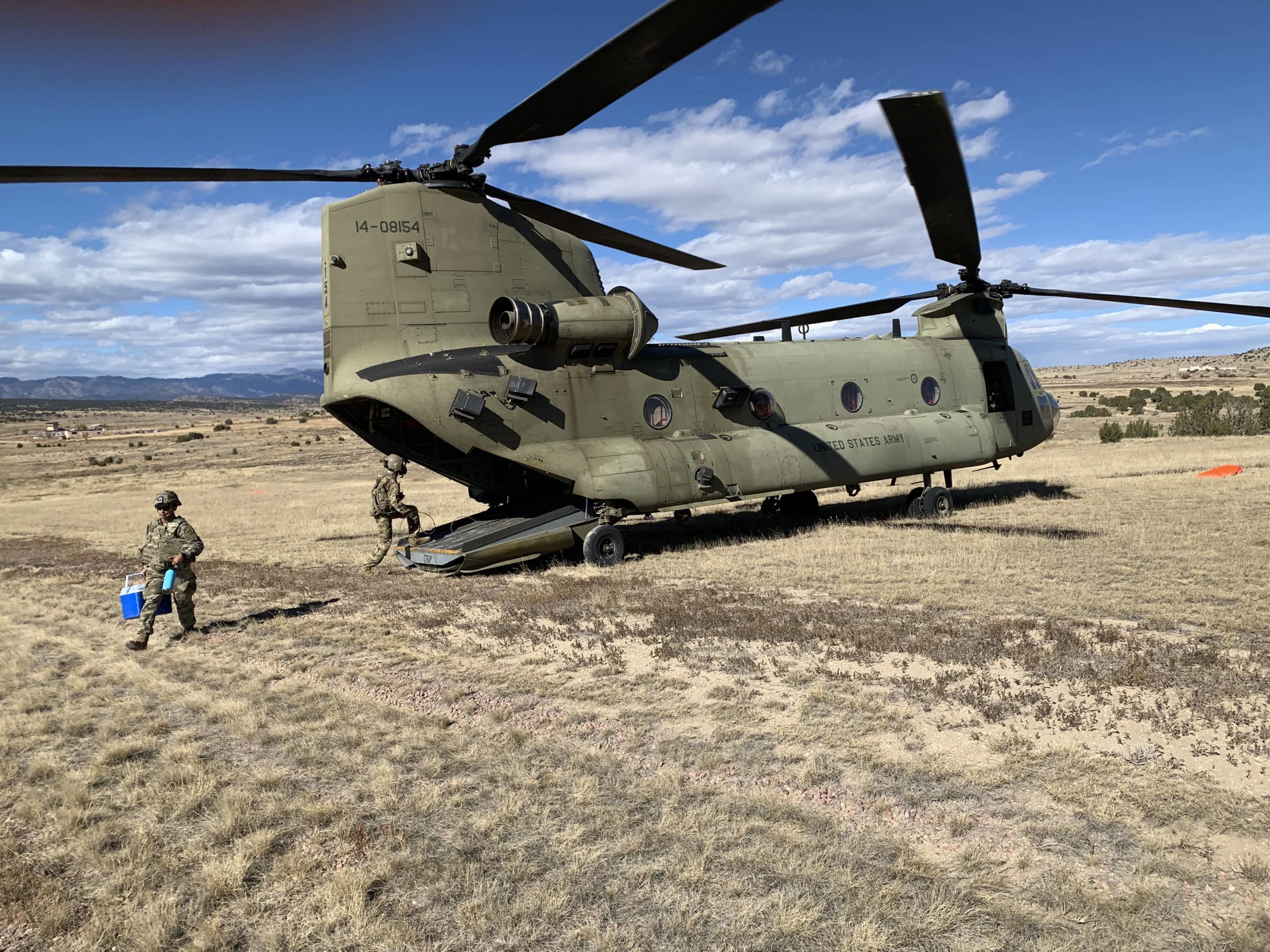
The speed of “readiness” and movement was quickly established as later that first day, we flew from Joint Base Andrews (home base of Air Force One) to Peterson Space Force Base in Colorado, where we were briefed on the military’s newest branch, Space Force, and their mission capabilities and programs.
At 04:30 the next morning, we were awakened and rushed out into the cold and darkness for obstacle training with Soldiers at Fort Carson and later with the distinct Rangers, where we learned hands-on about the Army’s ethos of teamwork through combative training. Our various modes of travel via an assortment of “chariots’ was exciting. That afternoon, we were treated to multiple hops on Chinook helicopters and over the next few days, we flew several flights on the mammoth C-130 with Air Force, a V-22 Osprey with Marines that can land and take off vertically, journeyed on land via Army Strykers, and on the water in Coast Guard’s law enforcement fast boats. While the program purposely kept us in the dark as to where we were going for our excitement and security, we did travel in style.
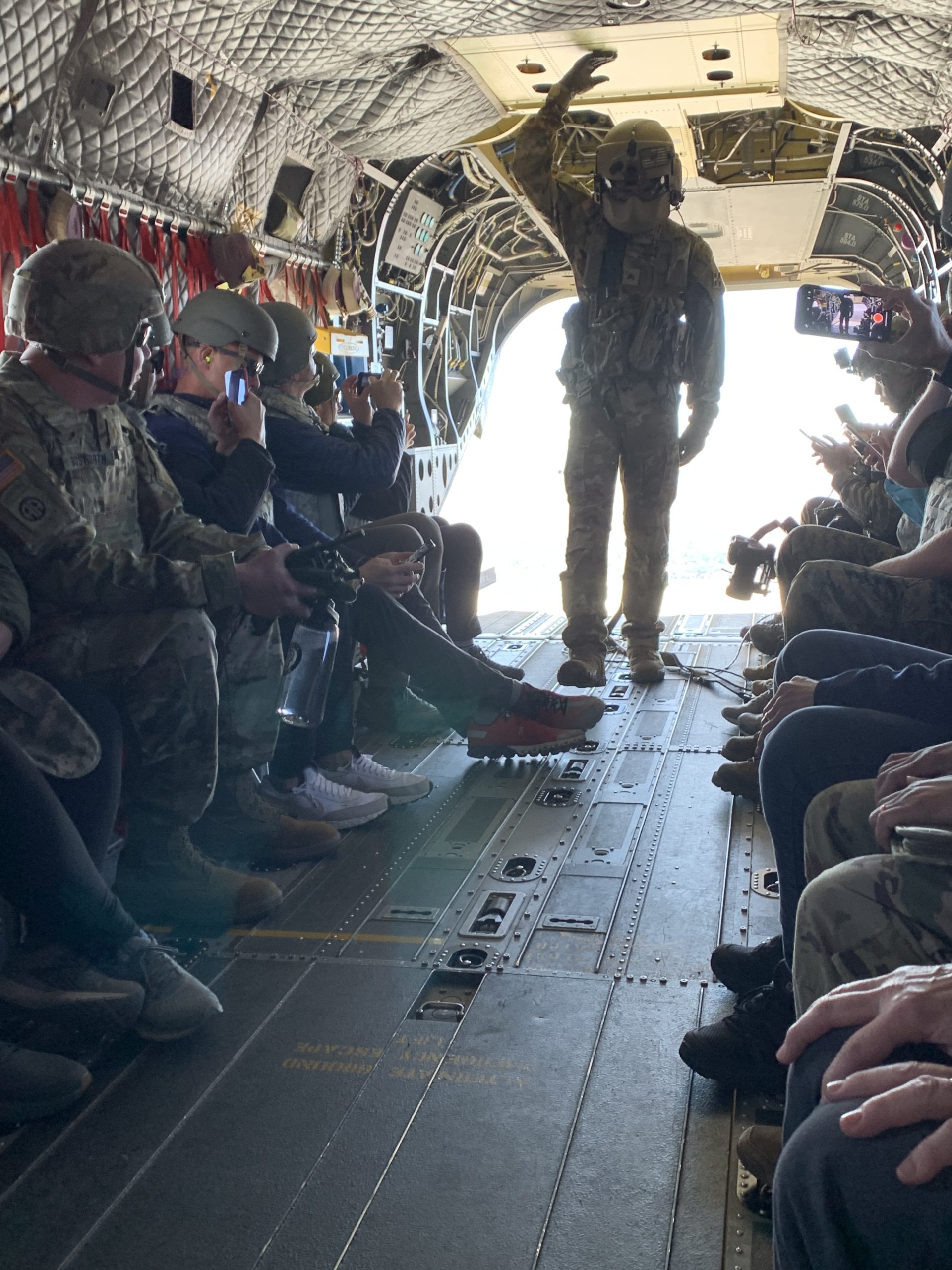
There are too many highlights to list them all, but some memorable standouts include: being airlifted into a Blackhawk rescue helicopter, learning to target shoot with an assortment of weapons, including an M16, M4, and Beretta pistol, touring the USS Abraham Lincoln aircraft carrier, rappelling down the 60 foot Marine tower, learning hand-to-hand combat, being “directed” by Marine Corps drill instructors, being immersed in a downed pilot rescue drill and using explosives to enter buildings. This was far from your typical business “conference.”
Another very interesting aspect prevalent across all the branches was the rigor in which they trained. Not just to complete the physical demands but the high degree of difficulty in passing courses needed for advancement. I suppose with so much demanded of military leaders and with the stakes incomparably high, these standards are fully merited. Moreover, our service personnel is constantly being evaluated, which is much different in the corporate world, where sometimes coaching is misinterpreted as “micromanagement.”
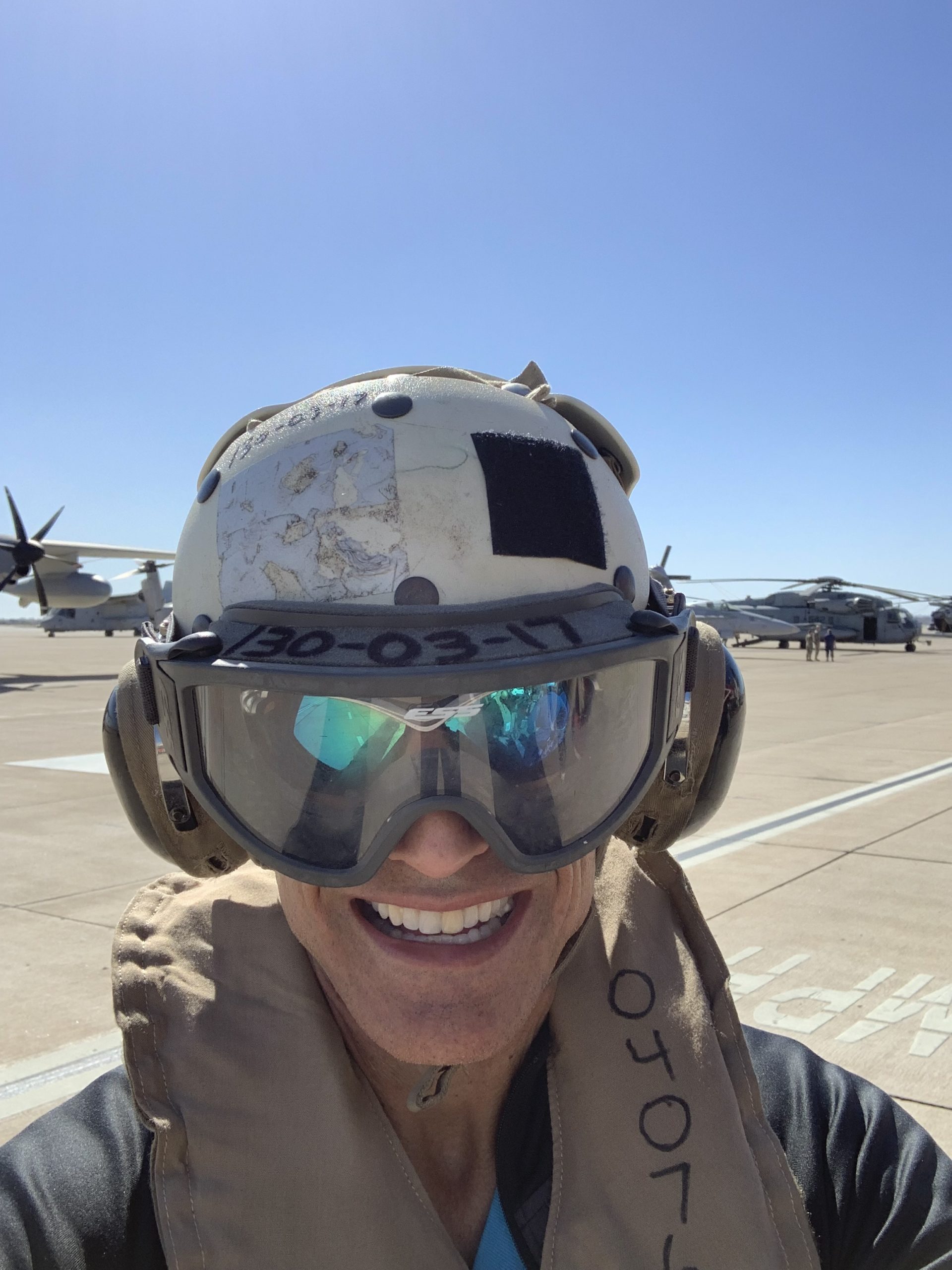
What I Learned at the Joint Civilian Orientation Conference:
There were numerous core values and principles that resonated. At mealtimes, we often had the opportunity to sit with junior enlisted service members and learn their personal stories. I generally asked, “why did you enter the military,?” and learned that for some, it was a multigenerational family tradition, others had a significant life event that prompted a motivation to serve, and some viewed the pathway with its educational, medical and retirement benefits as a great life option. All seemed to have the commonality of dedication, maturity, and commitment.
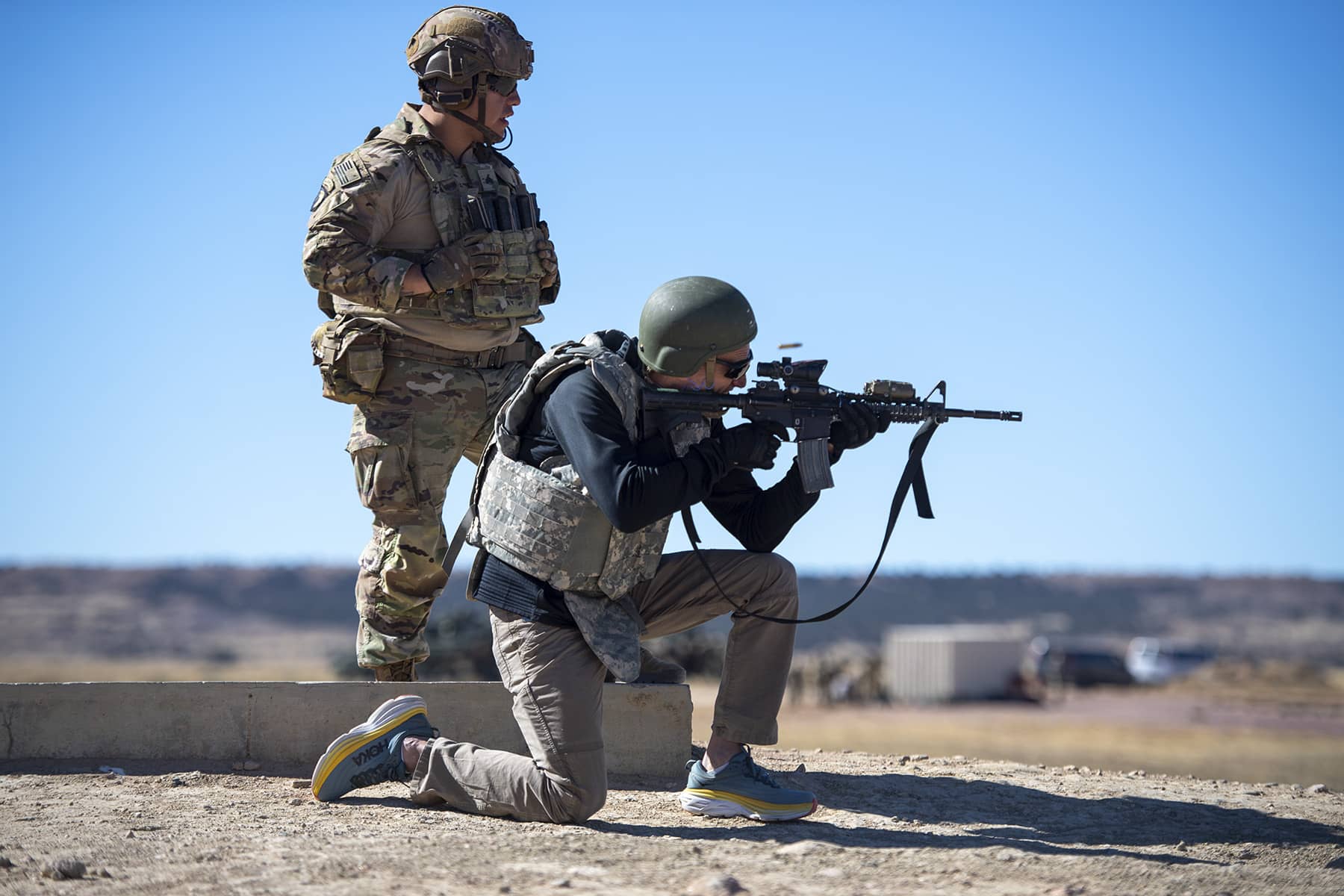
KEY TAKEAWAYS:
The men and women of the services make enormous sacrifices to enable our freedoms, it is not something to take for granted, yet the Soldiers, Sailors, Marines, Airmen, Guardians, and Coastguardsmen are very much human with dreams for their families, just like us.
The contingency planning, training, and clarity of communication are thought-leading. Operating discipline, continuous improvement, instruction, and performance feedback are core tenets that ensure the highest level of execution under immense pressure. As a result, leaders are developed at a very young age, with a broad skill set, including the ability to lead a diverse group of people through very high-pressure challenges. There are many applicable lessons for corporate leaders in the military process. I, for one, have new-found lessons to apply to leading the Iditarod.
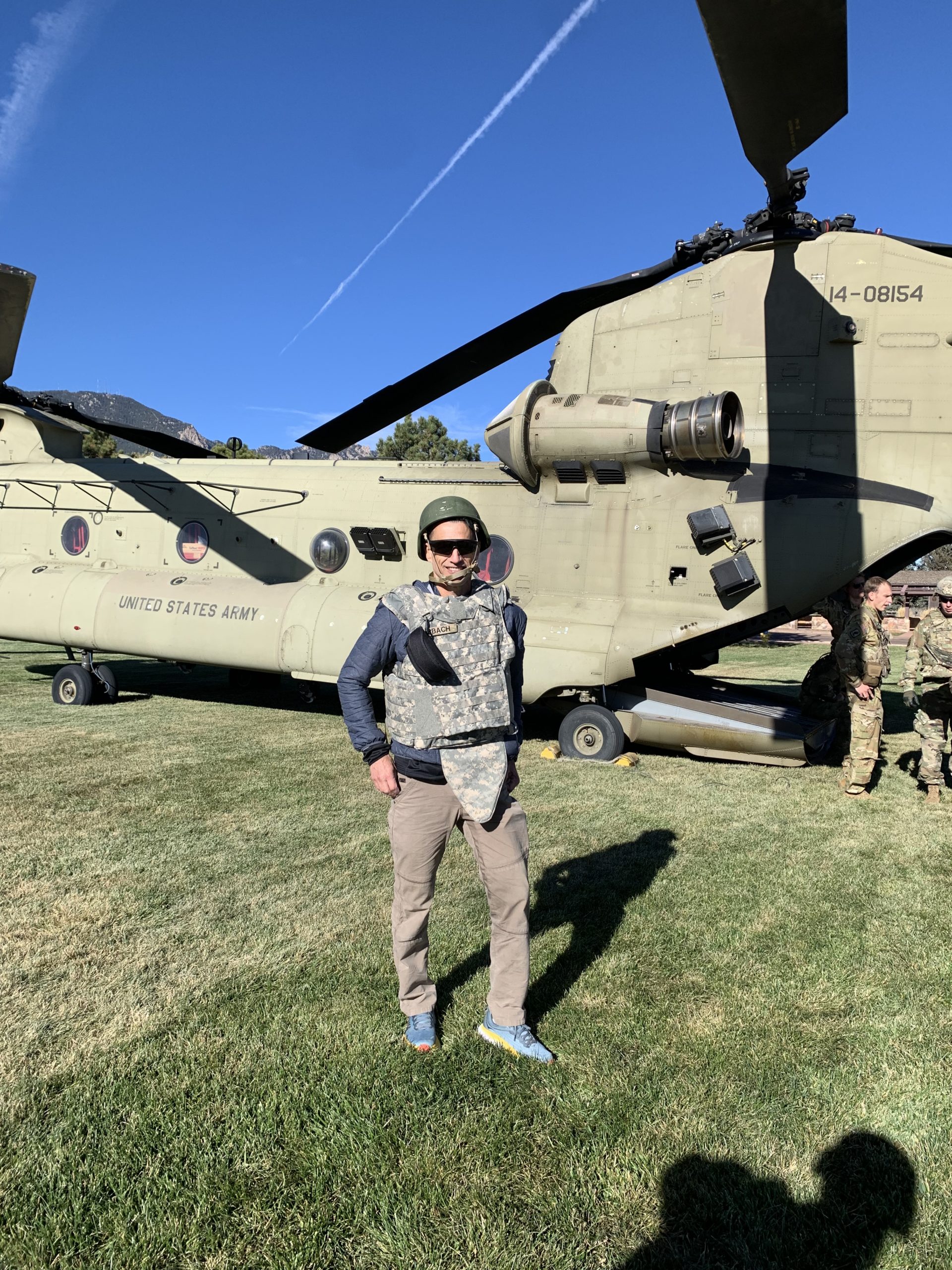
I also wanted to note how the military culture is one of taking care of its people. You can feel the sense of “family” and community, which is reflected not only in the medical and retirement benefits but also in the life-long bonds created.
I strongly urge all organizations to hire veterans as their sense of responsibility, teamwork, and the hard work needed to “get the job done” will be very valuable to any corporate mission.
